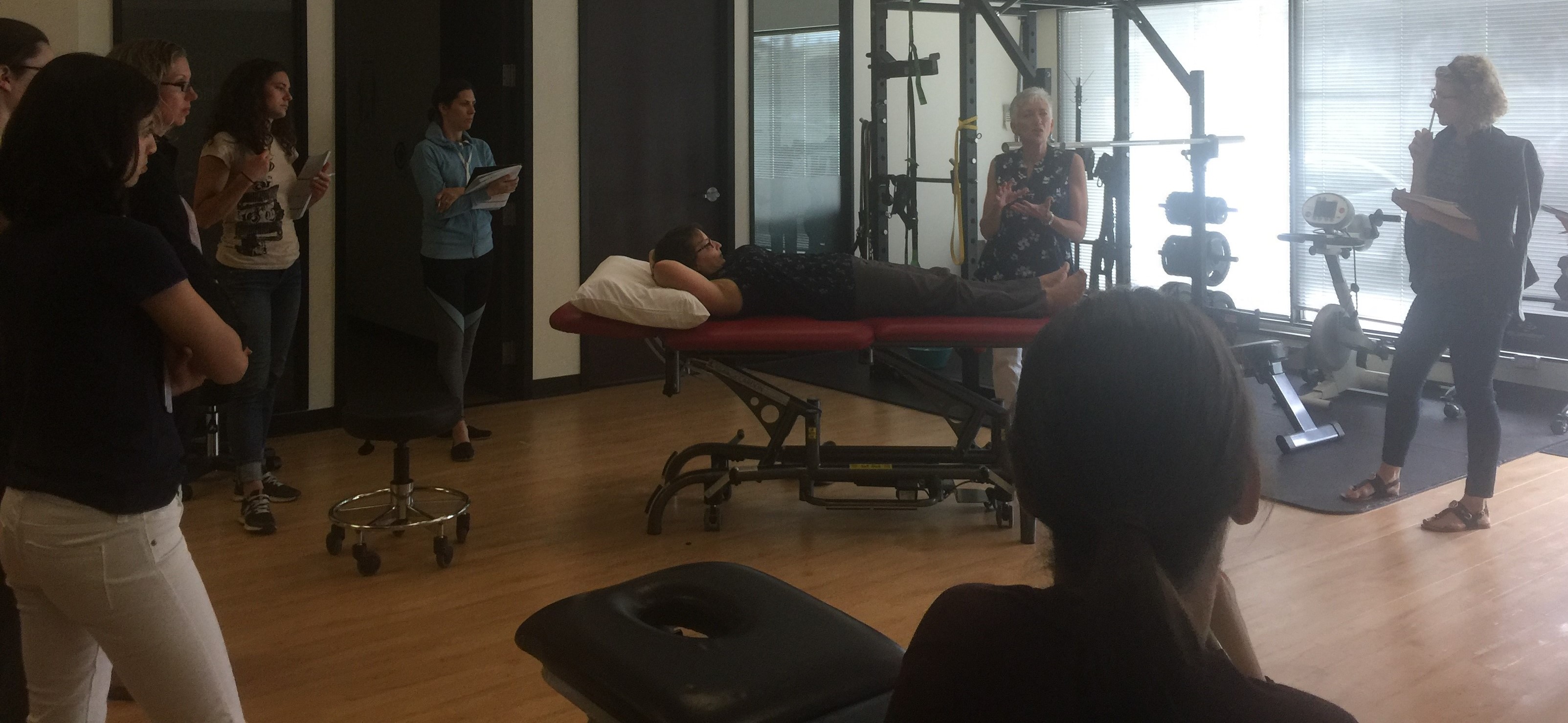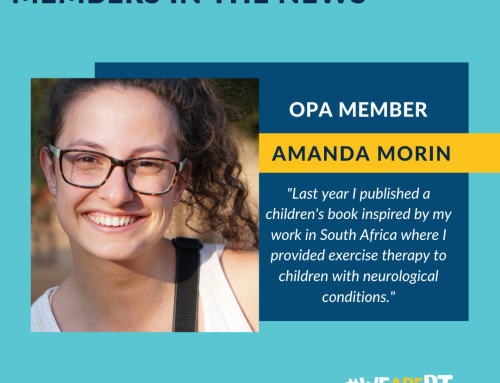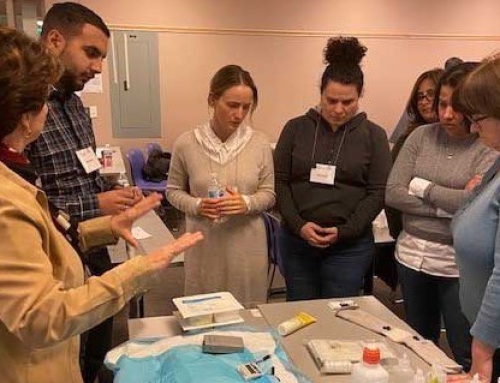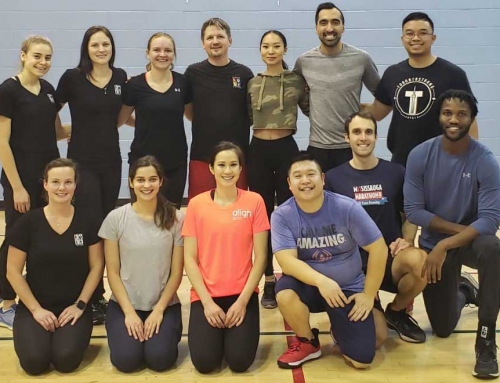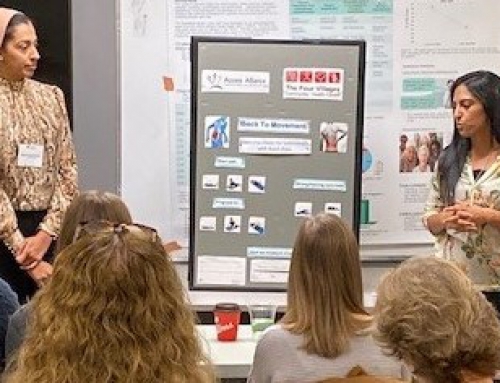PT Weekend Escape: Neuro 101 Course
Neuro 101 is a course developed by Jacquie Levy and Wendy Sarsons, co-owners of Action Potential Rehabilitation in Ottawa. Jacquie and Wendy have been practicing physiotherapists for over 20 and 30 years respectively. They have both pursued further training in NDT and Bobath, among many other courses. Their practice focuses on adult and paediatric neurology clients and individuals with complex rehabilitation needs. After the successful launch of the Neuro 101 course in the Ottawa region, they brought it to Toronto through a collaboration between the Eastern Ottawa District and the Central Toronto District of the Ontario Physiotherapy Association. This two day course was hosted by Propel Physiotherapy Clinic in Etobicoke and featured an extensive overview of the most common neurological populations and reviewed various treatment techniques and frameworks. As a physiotherapist who is looking to expand into more neuro-physiotherapy practice, I readily signed on to take this course!
The course was attended by many physiotherapists from all levels of experience and settings. Although the course name eludes to a beginner’s level course for neurological physiotherapy, I was pleasantly surprised when I found that the course offered more than a beginner’s refresher!
For starters, there was a good focus on visual issues with clients with neurological disorders. Often, I find that we forget how much influence our visual system has on our functional mobility. This is particularly important for the neurological population; while some clients have vision loss, some clients are left with a dysfunction in the interpretation of visual information. One example Jacquie and Wendy brought to my attention was that some clients lose their sense of “center” due to a visual dysfunction, and some could benefit from a neuro-optometry assessment. As a part of our practical session, we got to try various simple screening techniques, coloured glasses, and a pair of prism glasses. Walking around the clinic with the prism glasses gave me a feeling for how it is to walk around with an altered perception of “center.” Needless to say, I veered and almost ran into the wall!
Another part of the course that I found helpful included the use of the acronym LAAMS alongside two client examples. Through their client examples, we could see how the acronym is used to assess and plan treatment programs. Jacquie and Wendy also did a great job emphasizing the importance of treatment intensity. One treatment protocol we reviewed was the Constraint Induced Movement Therapy (CIMT). We went through various upper and lower extremity shaping tasks and ways to make it a measurable outcome. Many of the tasks required limited or no equipment at all, which makes it easily reproducible. Once I start seeing more neurological clients, I will definitely use this acronym to aid my clinical reasoning and I am confident that I will be able to incorporate some of the CIMT shaping tasks into treatment.
Jacquie and Wendy are both experienced and knowledgeable therapists. Throughout the course, they offered many client specific examples to illustrate the information presented. Overall, I found the course to be a great way to review existing literature about neurological conditions, and a great way to learn practical applications. It was wonderful to hear them speak so passionately and the group and I had many fruitful discussions throughout the weekend which have challenged my views and knowledge in positive ways! Further, it is always a pleasure to connect with other local therapists to bounce ideas around and learn about their practice. I really hope that both of these lovely ladies will return to Toronto with another course in the future!
By Carrie Lau


